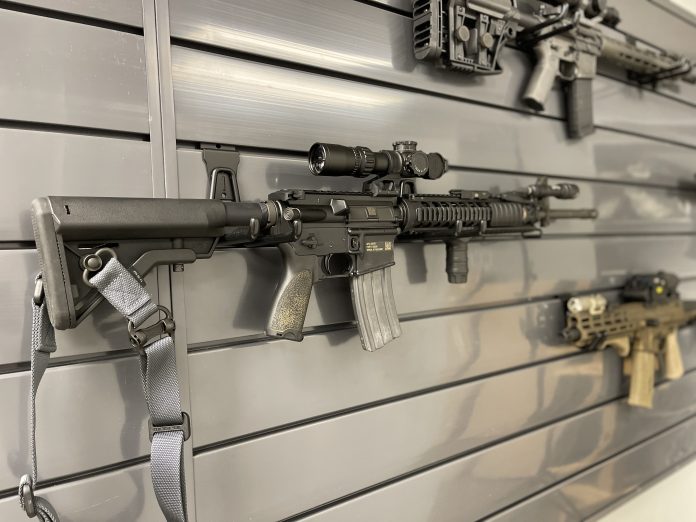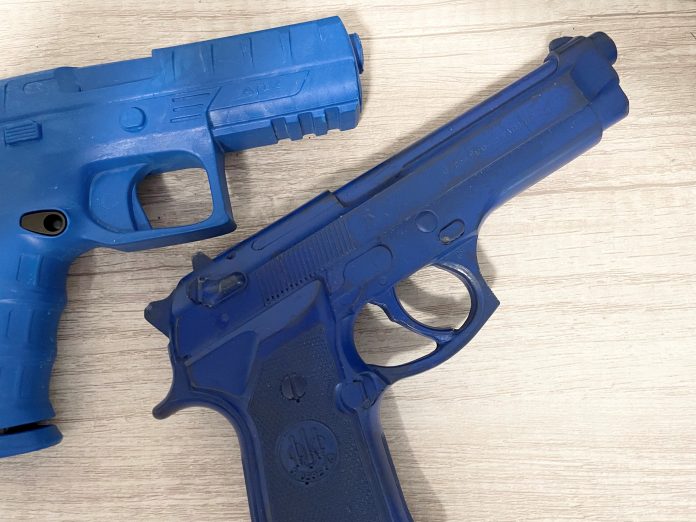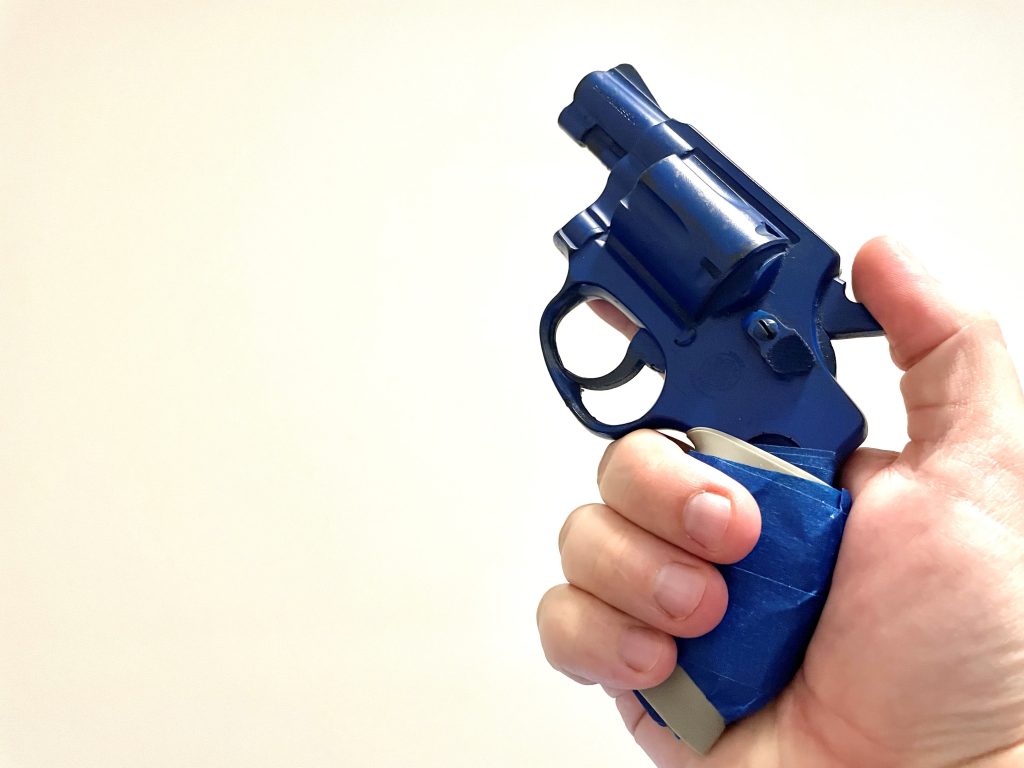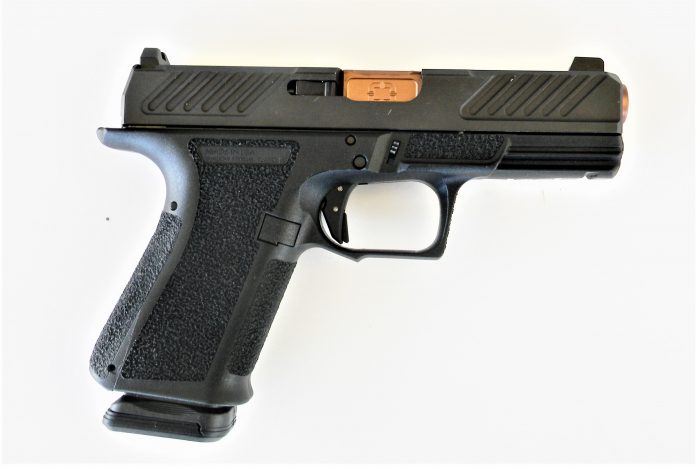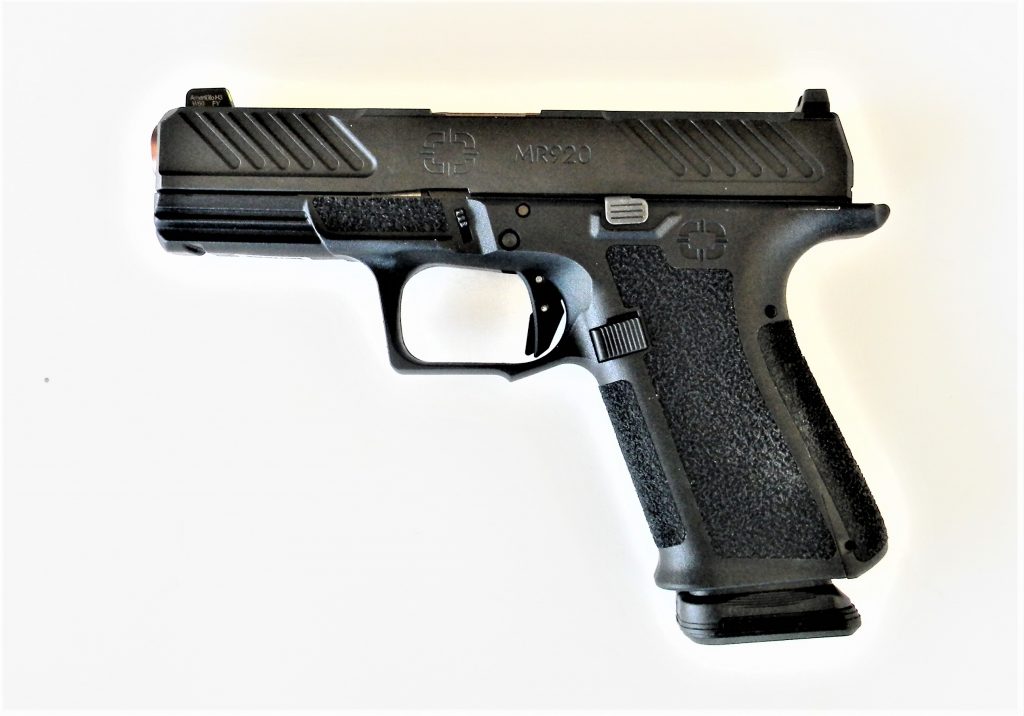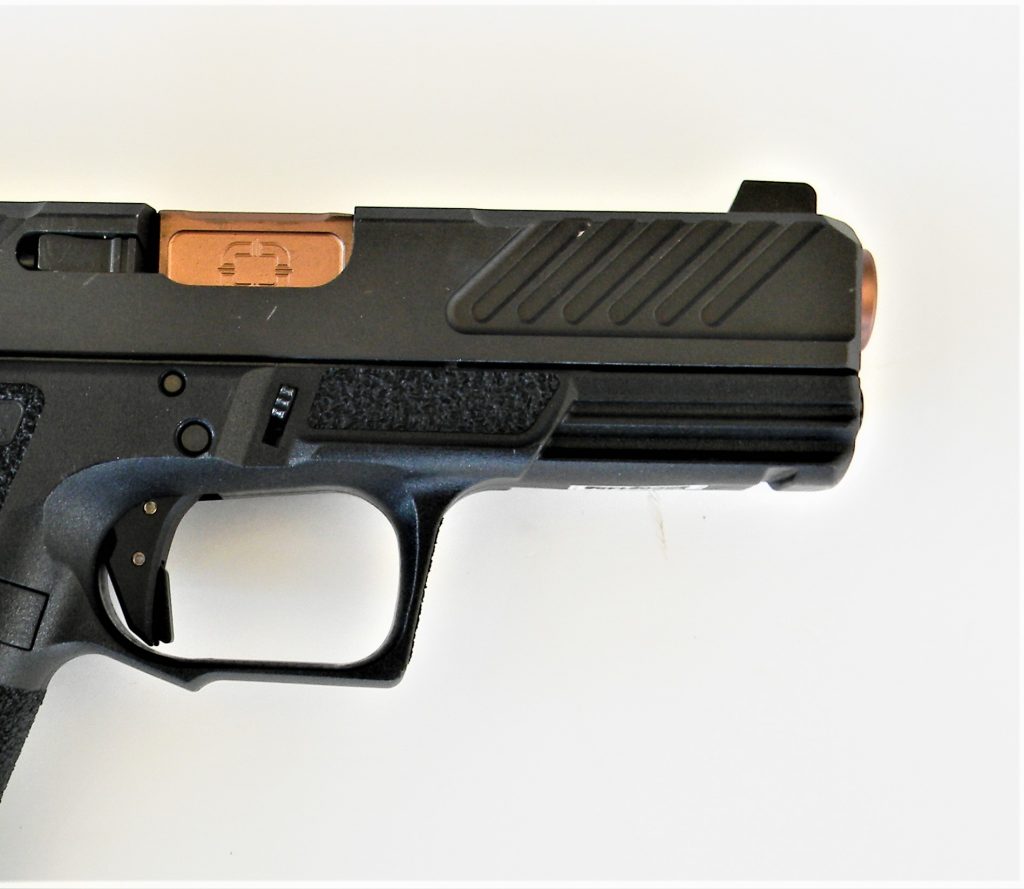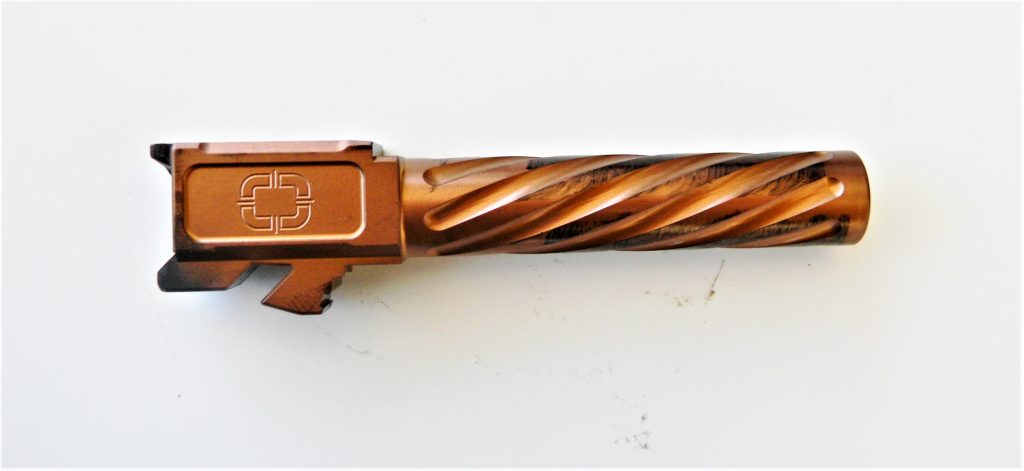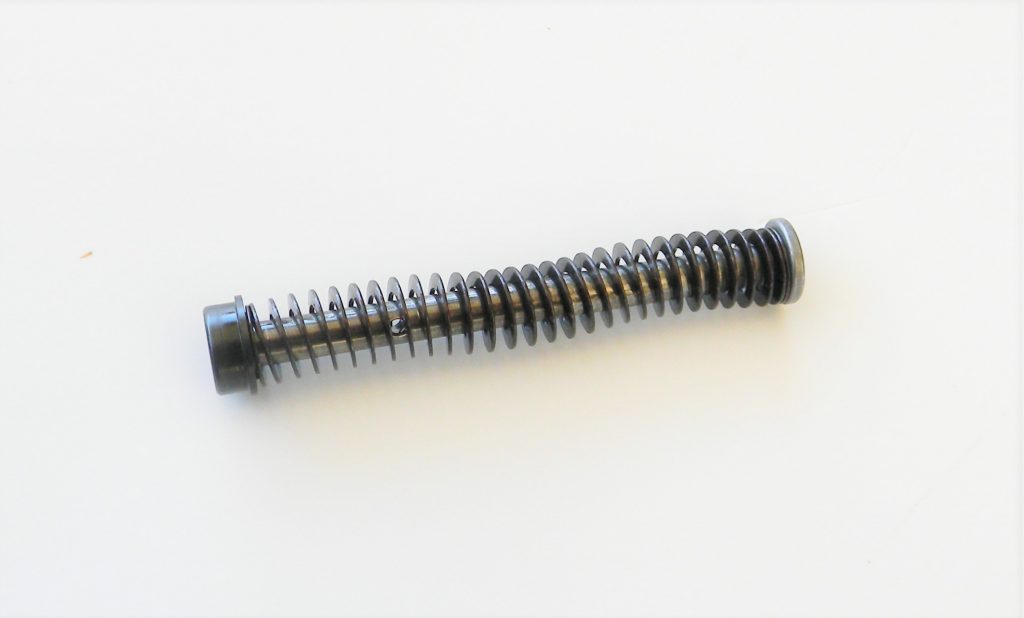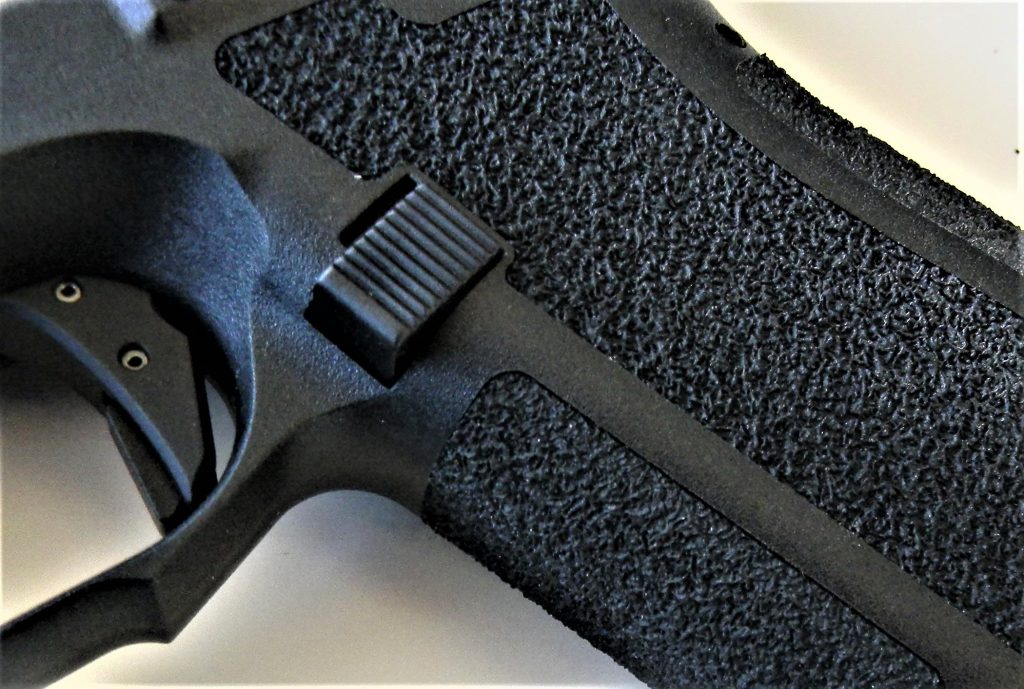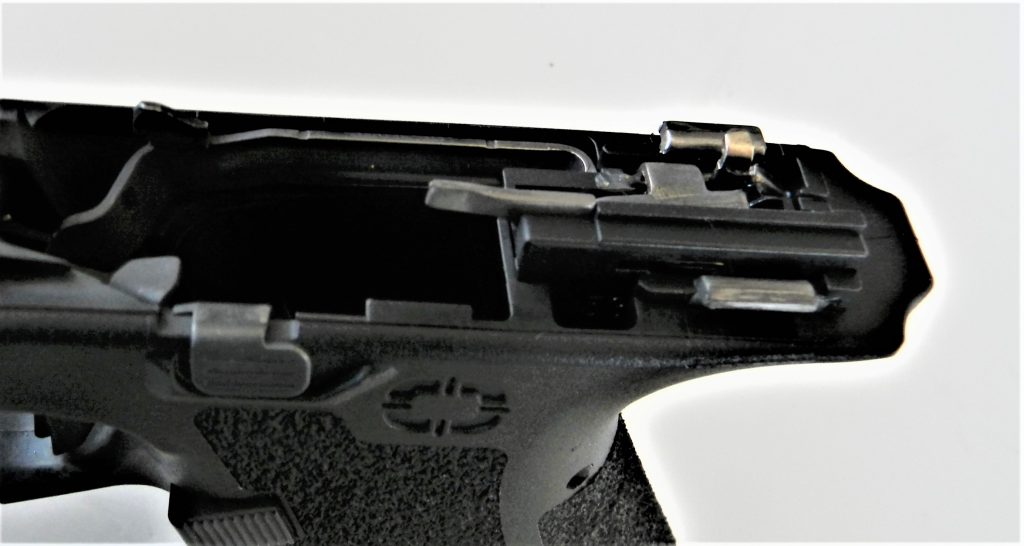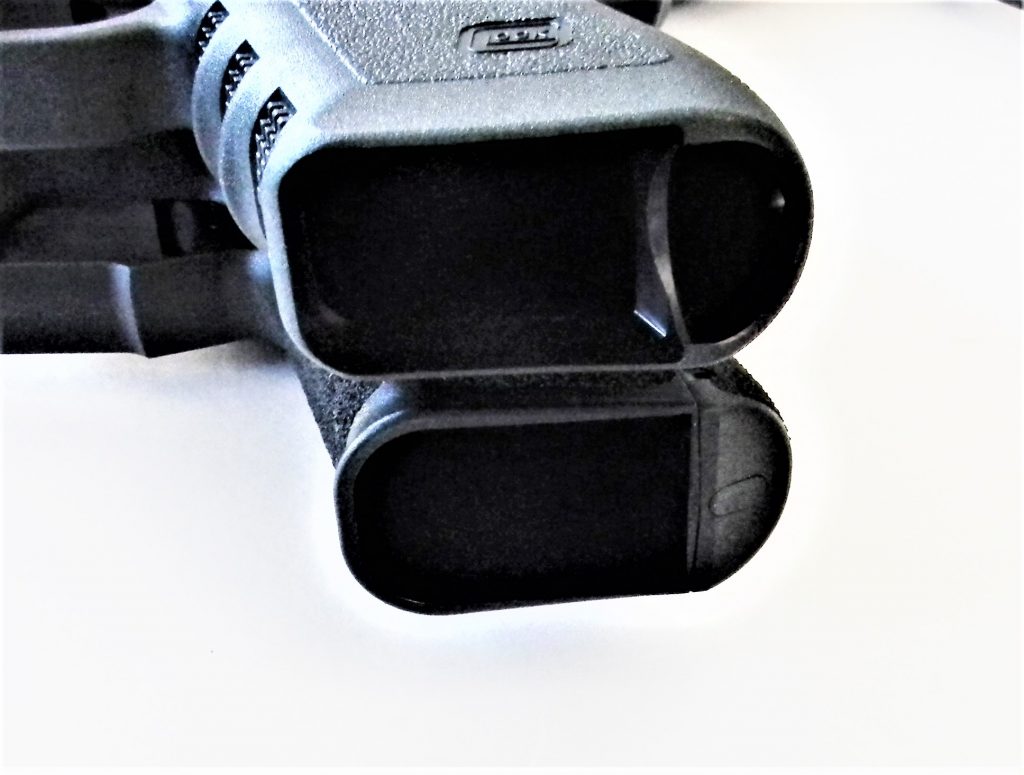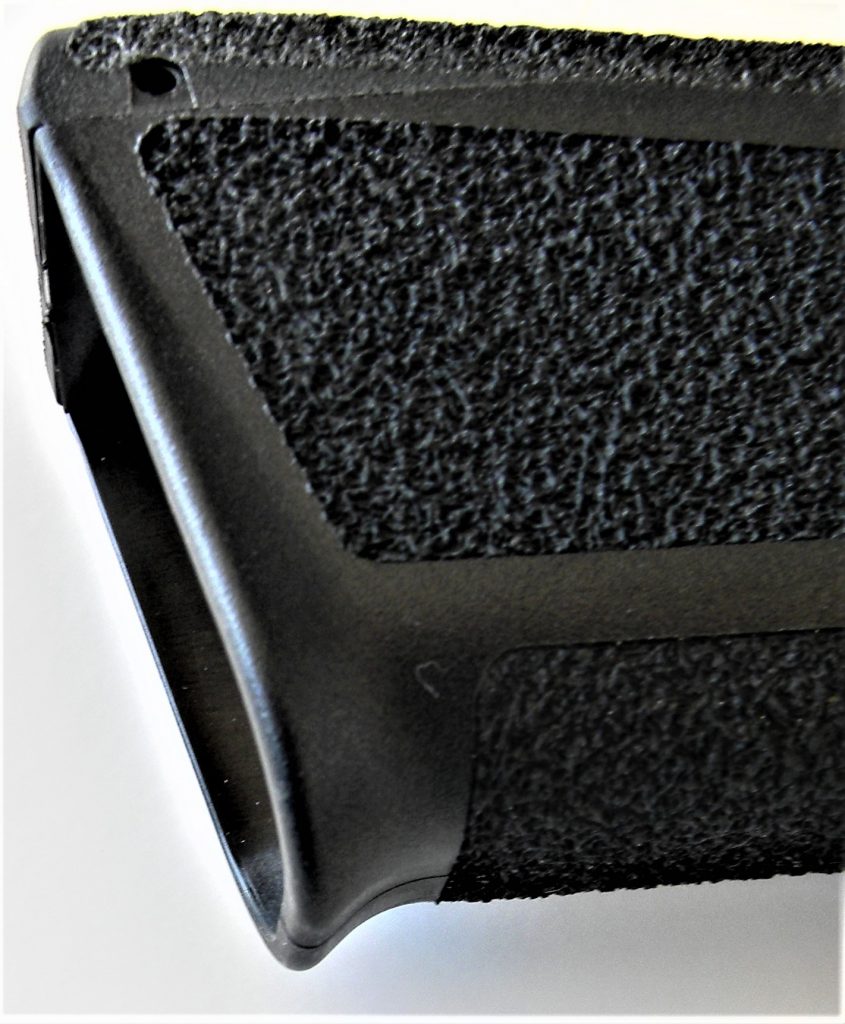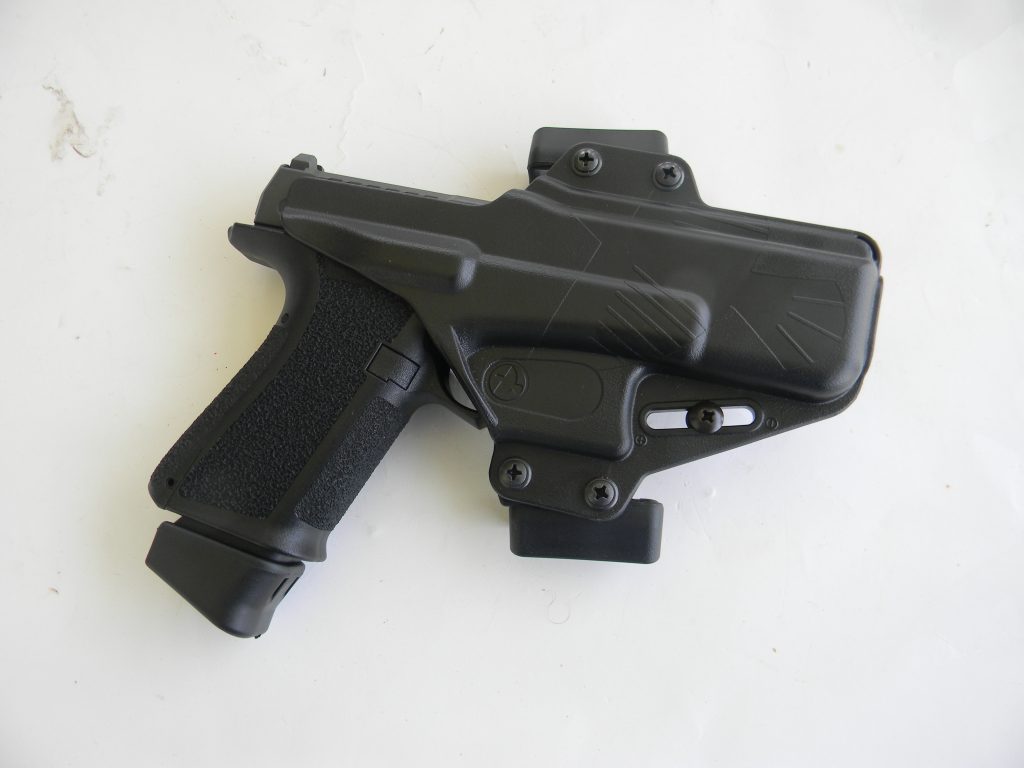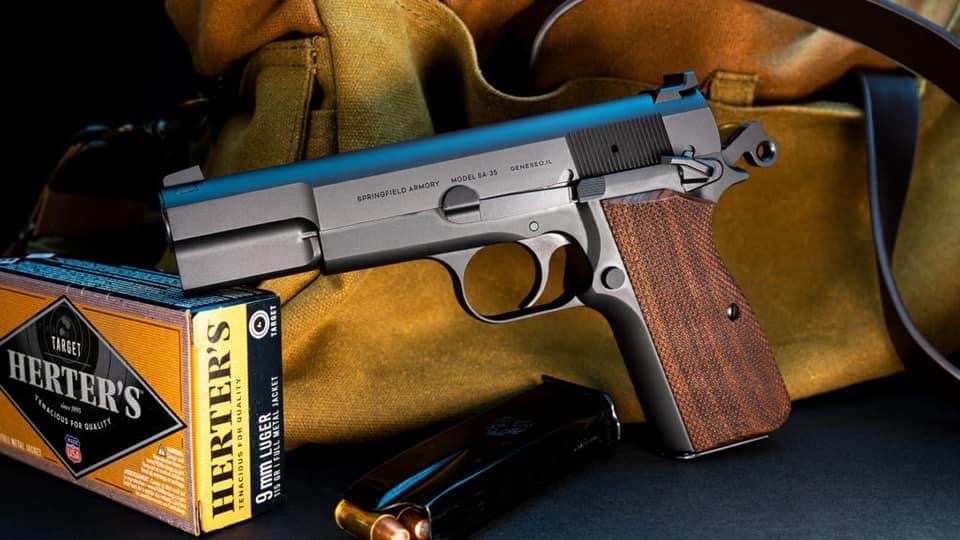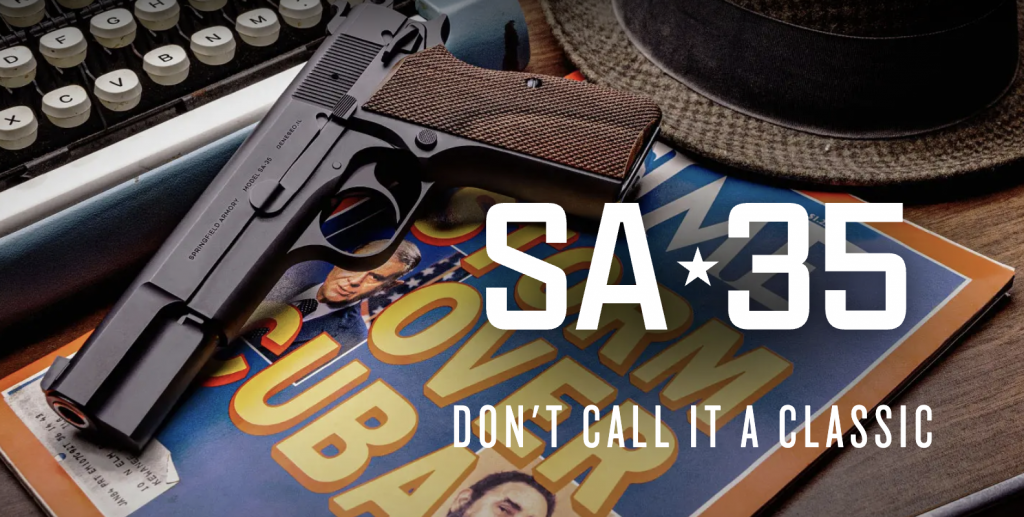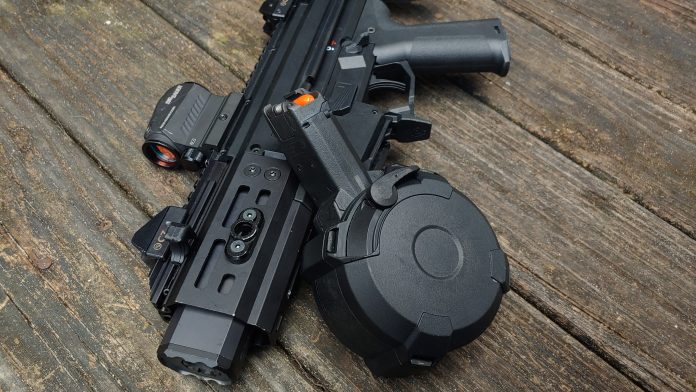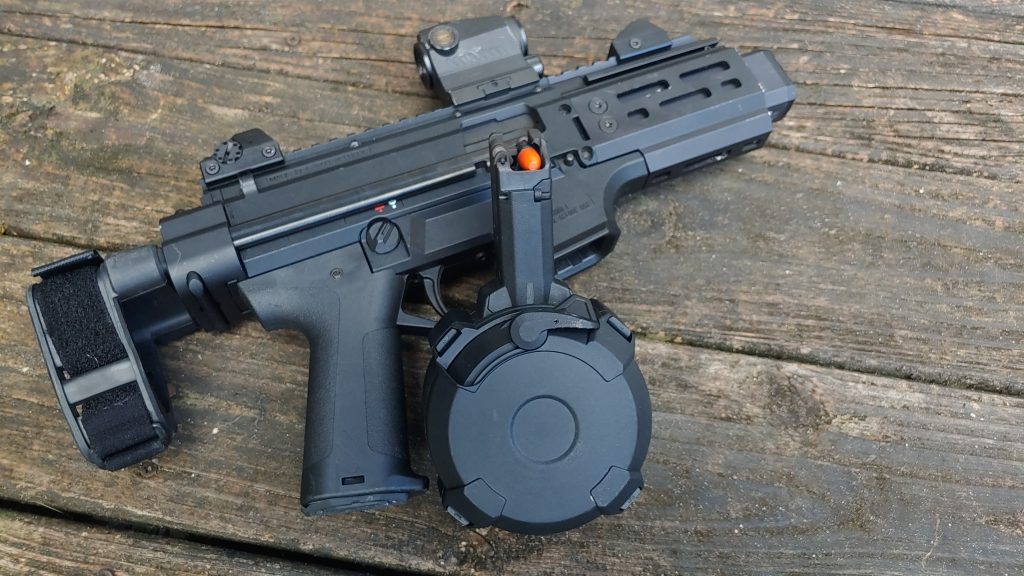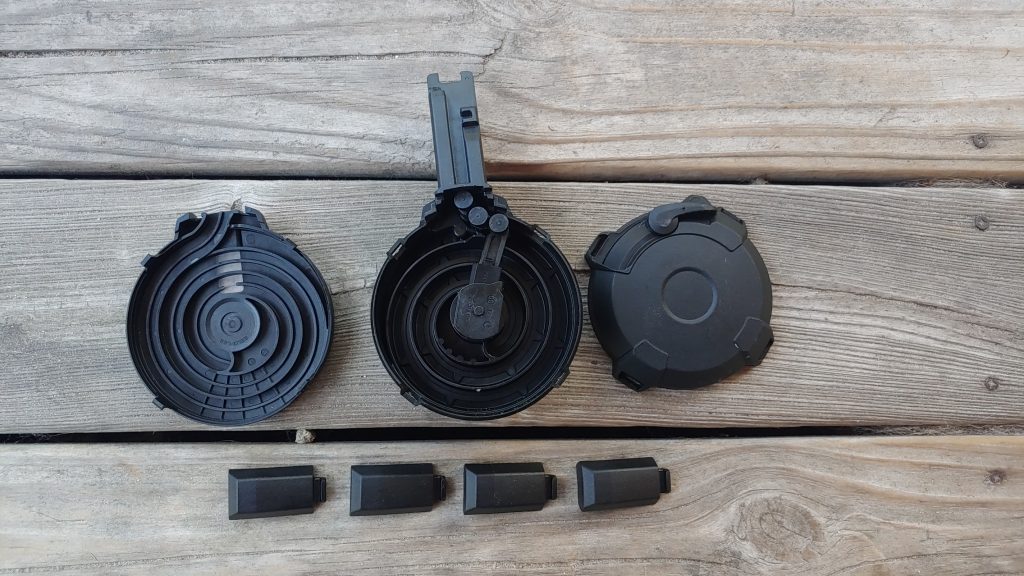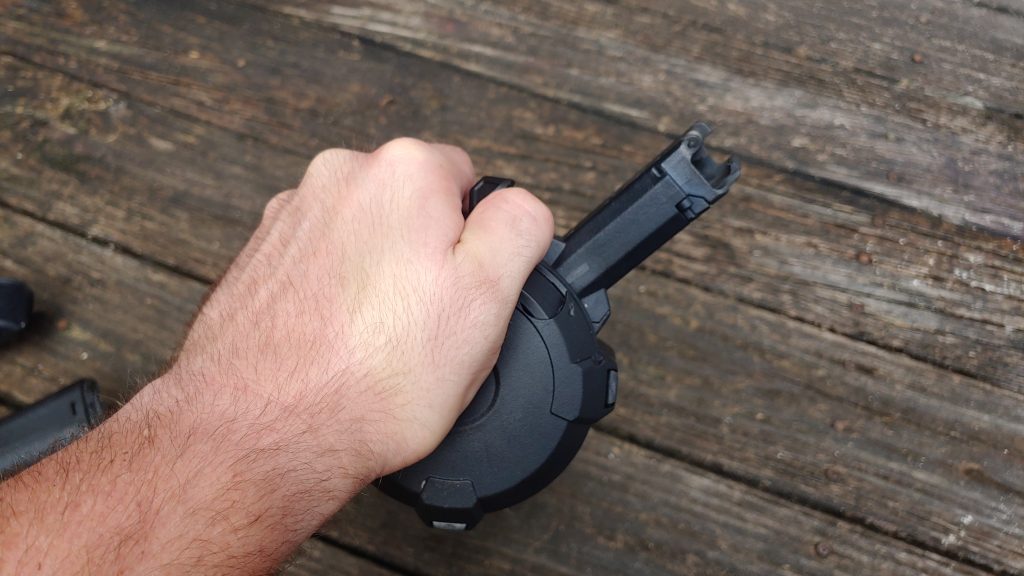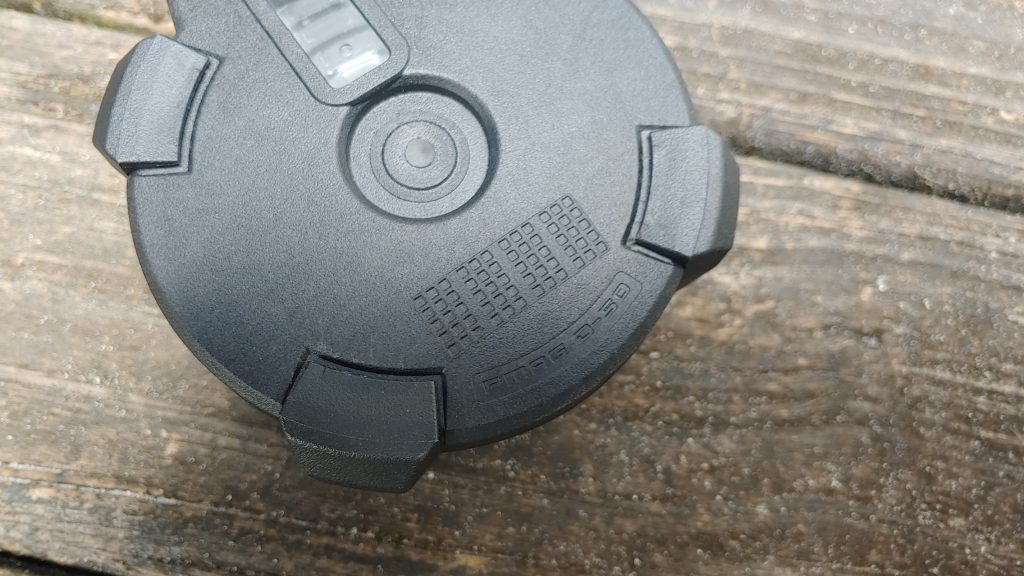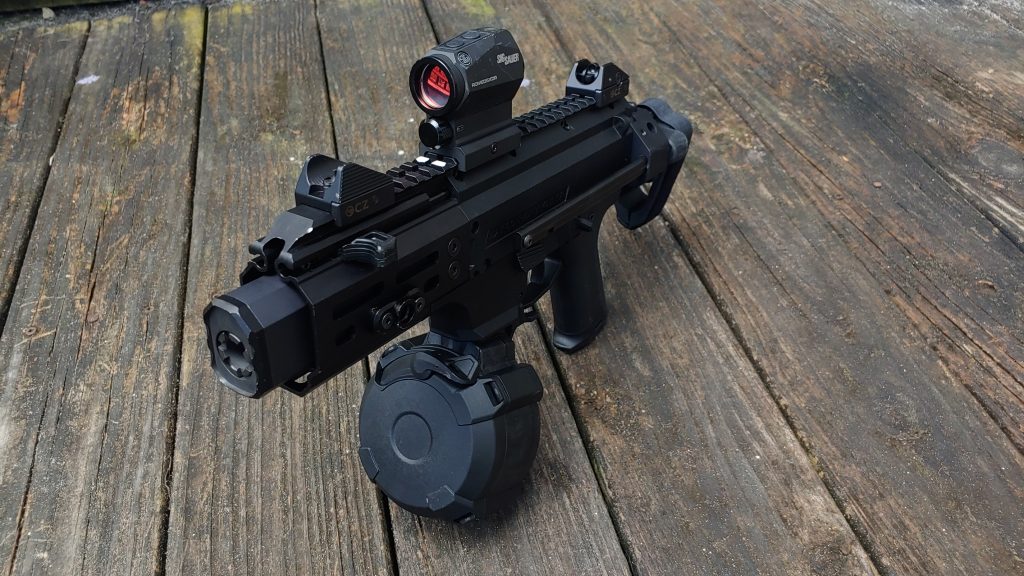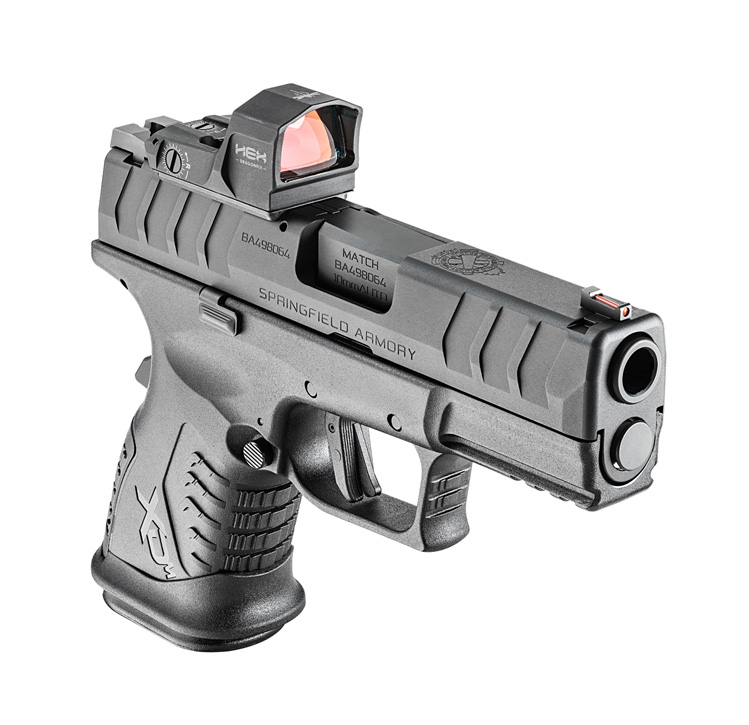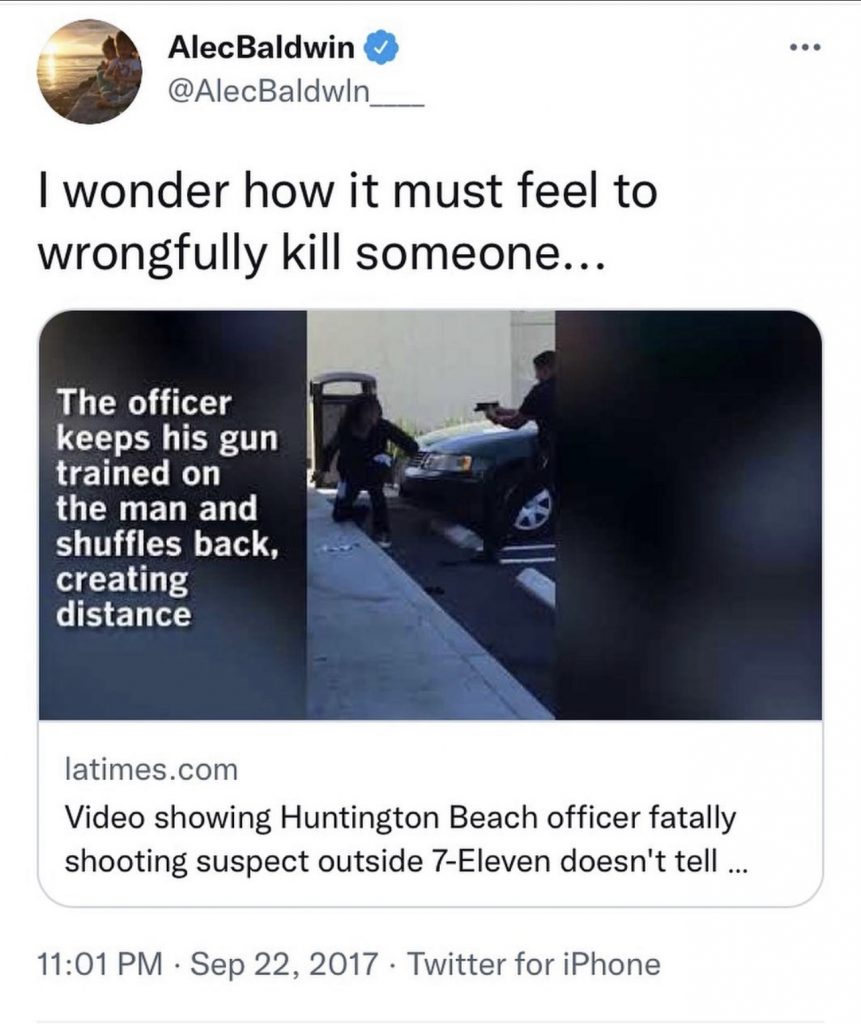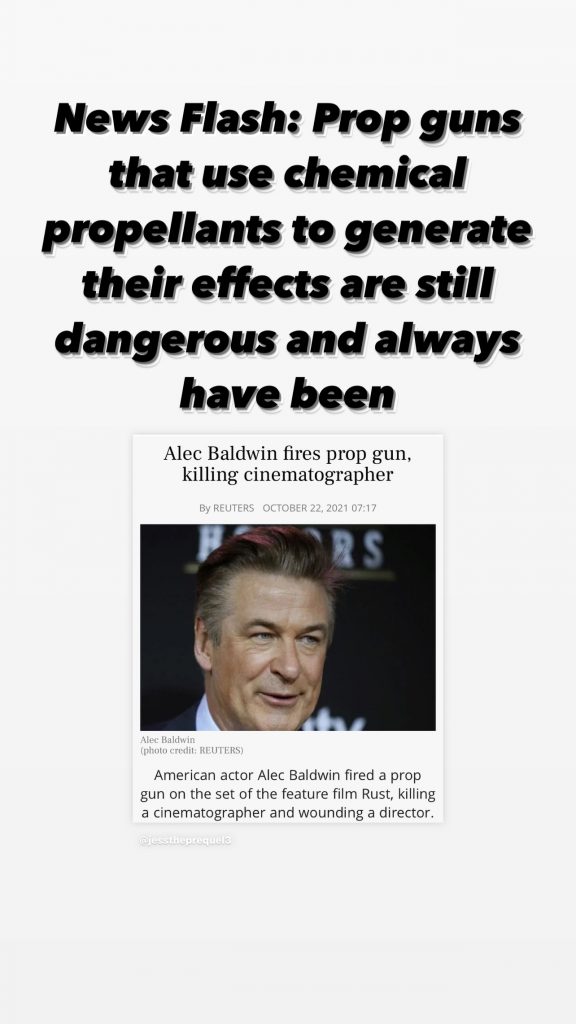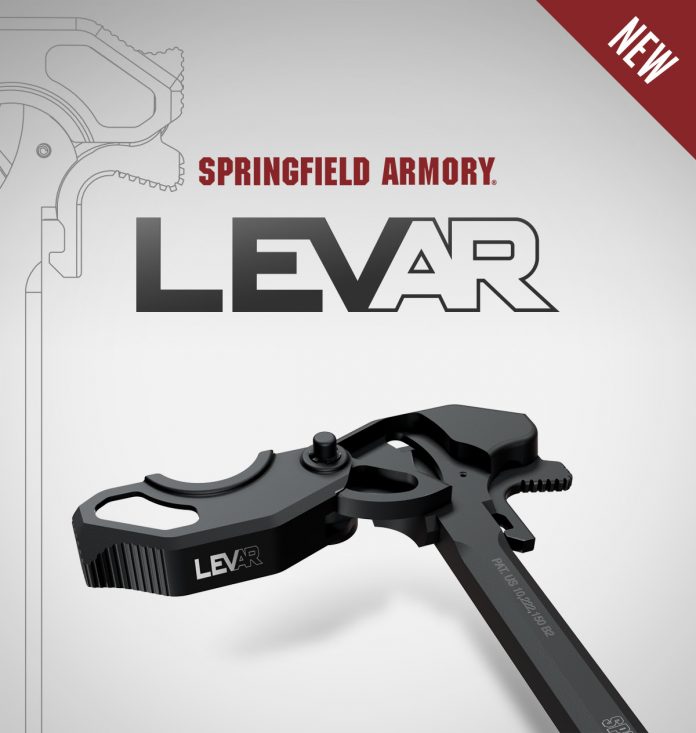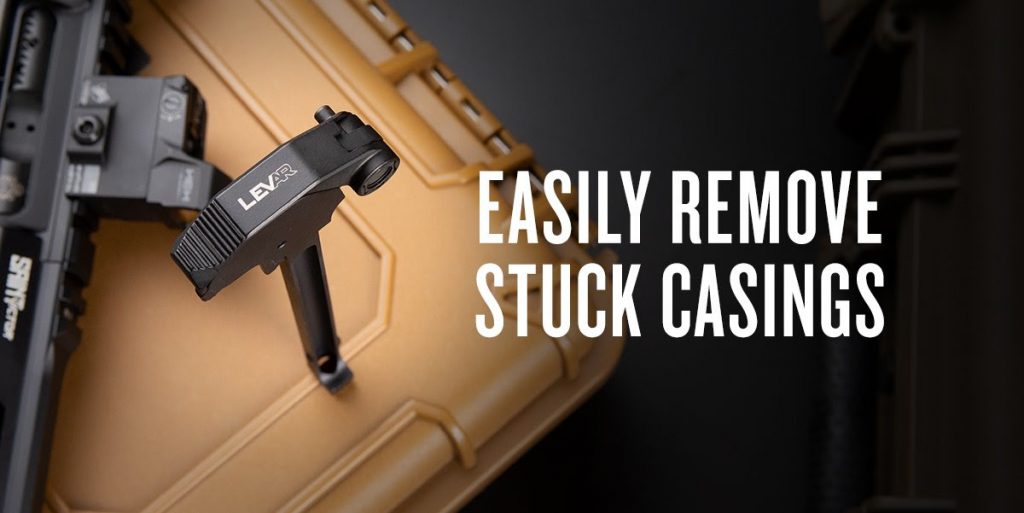Emily Shapiro has released a piece for ABC that should serve as the textbook definition of, “Tell me you don’t know what you’re talking about without telling me you don’t know what you are talking about…”
Inside the rise of AR-15-style rifles in America
After an emotional expositive opening about how murder is bad, and how it makes the surviving family and friends of murder victims sad, she targets the true culprit… The AR-15. Which, like most of these pieces, fastudiously ignores all other possible methods of injury available to mass murders.
Actually I will give Emily credit here, her piece doesn’t outright ignore it. But it buries the lead so well you could be forgiven for missing her acknowledgment that, despite the assault weapon ban of 94-04, the FBI was tracking an increase in mass public attacks and public shootings for various motives. The Pandora’s Box of media response to these events was known and the 24 hour media cycle plays right into a very select delusion of the potentially violent, infamy.
Shapiro then pivots to explain that 20 Million… 20,000,000 AR-15 style rifles are in circulation currently, like the ones used in those horrific mass murders. Think of all that murder potential ladies and gentlemen. If one gun can do murder, and there are 400 Million guns… 400,000,000! And 20 million are the really extra bad guns… well that is all just bad and you should think so too.
There is no definitive criteria for AR-15 “Style” listed, but as the NSSF is the cited source I would think that means actual AR-15 variants that stick fairly close to the original Armalites and Colts and does not include firearms like the MCX, SCAR, X95, or AK’s in the total. But I don’t know.
Then we get this intellectually anemic attempt at a point from former FBI agent Brad Garrett. This is a classic appeal to authority fallacy to make someones point for them and precludes examining the point or comment critically because ‘FBI Agent’
Because AR-15-style rifles are so versatile, with the ability to add scopes and change both the length and size of the barrel, they became a desirable weapon for many Americans, especially people who like to hunt, ABC News contributor and former FBI agent Brad Garrett said.
Let’s look at the the core of the statement.
‘with the ability to add scopes and change both the length and size of the barrel‘
While pointing out that the pump action shotgun, which hasn’t changed its overall form much since 1897, has both of those features also, I must additionally point out that this isn’t even enough to qualify as a gross oversimplification of why Americans and eligible residents like the AR-15. It’s oversimplified beyond a gross oversimplification. It is a nonsense statement barely grasping at a point.
The AR-15 is an accurate, moderate power (in its native 5.56x45mm), ergonomic, and safe rifle to operate for its users. It is also a modular and well supported system that can be tailored to any user’s comfort and performance needs. It is the ‘everyone’s rifle’ for its moderation and flexibility. When costs came down on them drastically it also became much more accessible. PSA regular lists a basic one you can buy for about $400 (in two halves).
The hunting comment is an odd one too, selected as a grasp (I assume) by ABC at one of the common misnomers about the Second Amendment… that it is for hunting. The AR-15 is an excellent game rifle, but more from the fact that it is an excellent rifle overall then that it is tailored for game. It can be tailored for anything well, it is an excellent rifle.
Then we get the standard proclamation that it is being used in more mass shootings,
But along with that rise in popularity, the use of these weapons in mass shootings is also climbing, according to Louis Klarevas, a research professor at Teachers College, Columbia University who specializes in gun violence and safety. From Sandy Hook to San Bernardino to Orlando to Las Vegas, “most of the deadly high-profile mass shootings in the past decade were perpetrated with assault weapons, particularly AR-15-style assault rifles,” Klarevas said.
This cleverly glosses over the fact that this makes sense. Not because the AR-15 and “assault weapons” are ‘ideal for mass killings’ (because in fact they are not, improvised explosives are far more efficient) but again merely for the fact that the rifle is an excellent rifle. They dutifully ignore the fact that equivalent slaughters have come from handguns and shotguns. They ignore that the cost and availability of the AR’s, because of their mass popularity, make them a convenient tool for a killer and that has a huge determinant factor in selection.
In short they ignore any environmental circumstance that could muddy the point that ‘AR-15 bad’.
They also ignore all the science we do have on killing itself, on mass killing motives, target and method selections, and how one of the greatest determinants on casualties is not the weapon but site of the attack. We see that in both Orlando and Las Vegas. ABC oversimplifies themselves out of a point here, because in making it they would have to undermine their argument that the AR-15 is special in the way they are trying to portray.
The AR is an effective weapon, but ABC’s argument is that it is extra effective to such a degree that its use is what is shifting the balance of lethal force in mass killings. It isn’t. The disparity of force in a mass killing environment is not unique to ‘assault weapons’.
We then get to the ‘History’ section we get more nonsense trying to find a point to land on,
Sometimes referred to as “assault weapons” or “military-style rifles,” this class of firearm can encompass many different kinds of guns — not just the more well-known rifles, such as the AK and AR-15 series weapons. The term “assault weapon” generally encompasses a wide range of models, including the UZI rifle and pistol, the Beretta AR-70, the SKS rifle and more, according to the California Attorney General’s Assault Weapons Identification Guide.
Recall that the bolt action rifle and pump action shotgun both have over a century of military service, are still in military service making them military weapons, and have been used in mass killings. The guide is objectively nonsensical.
AR-15 style rifles are rifles “modeled on the AR-15 platform and that fire the same caliber cartridges,” Klarevas said, such as the Smith & Wesson M&P15 and the Ruger AR-556.
But what if it fires a different cartridge like a 350 Legend? Does that count anymore? What if the same cartridge is fired in a bolt action rifle, like the Ruger American? You just listed two AR-15 manufacturers, the nation’s two largest firearms companies for name recognition, and didn’t actually make a point.
Along with their use in hunting, for some Americans, AR-15-type weapons also connote patriotism, which can be traced back to the M16 military rifle that became prominent during the Vietnam War, according to Garrett.
That… is not why.
More than anything, it was because people like the California government said we couldn’t and shouldn’t have them. If you haven’t noticed, Americans have a deep contrarian streak mixed with a distrust of government authority overreach that has never been higher in recent history, especially if your pet political party currently isn’t in power.
“It didn’t hurt that Sylvester Stallone uses an assault-type weapon in ‘Rambo,'” the 1982 film about a Vietnam veteran, Garrett said.
Wow… way to date yourself, Mr. Garrett.
It would be more accurate to say that the rise of detailed firearms in video games, combined with the Global War on Terror, propelled gun culture and the AR-15 forward in popularity. Veterans like their rifle. It’s why I have the M16 in the title image. It is why I have an M4A1-like rifle too. They were my service weapons, and they worked. I am comfortable with them.
Pop culture has had a major influence, and a known one exploited by the industry. Companies compete to have their products used in high profile shows and movies for a reason. People buy and emulate what they like. The fact that the films are also emulating real life firearms use in police and military contexts just strengthens the cycle of emulation further. John Wick series, case and point.
But again, the ‘patriotic’ symbolism isn’t from the M16. It is more from the government wanting to take the M16 away. It wouldn’t be nearly the symbol it is if certain members in government didn’t want to ban it for nonsensical and idiotic reasons. Government officials clearly not knowing a thing about the subject they are speaking on, kinda like ABC in this piece now that I think of it, does nothing to help their position either. The AR-15 is a literal and physical embodiment of combating government overreach, not because it is an M16.
But in 1989, an AK-47 was used to kill five children at a Stockton, California, elementary school, leading California to become the first state to enact an assault weapons ban, Klarevas said. That was followed by two other high-profile mass shootings with semiautomatic pistols — one in San Francisco and one on a Long Island Rail Road commuter train — in 1993.
So we openly admit handguns are dangerous too, we have documentation from gun controllers on why they stopped targeting handguns and went after the AR-15 instead… and it was because they think the public is stupid (they have a point there).
We then get a brief foray into the federal assault weapon ban and a spin on how it was (allegedly was) effective despite congress and a federal review determining it wasn’t. The very next paragraph gives away that while deaths during the period of 94-04 went down, as did crime in general, it went down within context of the criminal decline during period.
Mass shootings continued to trend over both the decade of the ban (Columbine happened during the ban remember, 1999. Years after the ban should have had the positive influence came the definitive school shooting) and the decade after the ban expired and the AR exploded in popularity, due to all the causative factors. It is almost like the motive to seek a mass slaughter was not about the availability of a weapon, but a motive to take a grievance out publicly and violently.
While there’s no federal assault weapons ban now, Washington, D.C., and seven states — California, New Jersey, Hawaii, Connecticut, Maryland, Massachusetts and New York — have banned the possession of certain kinds of these firearms, and the rules vary state to state. According to Klarevas’ report, “In the past 30 years, accounting for population, states with assault weapons bans in place experienced 54% fewer gun massacres involving the use of assault weapons and 67% fewer deaths resulting from such attacks perpetrated with assault weapons.”
This is hard to causate for two reasons. The first being mass attacks are rare and devastating regardless of method of injury (Nice, France). The second being that even with these percentage numbers layed out and ‘adjusted for population’, California still has hosted several mass killings by banned weapons and mass attacks have occured with casualties with non-banned weapons by the state and federal measures. That bans worked perfectly, until somebody ignored them.
Then we go into the ‘Pros and Cons’ portion where Shapiro pretends to have a balanced yet informed opinion on the AR-15.
We open with another Garrett quote of nonsense…
In many rural and suburban areas, fully and semi-automatic rifles hold a practical value, such as for defending property, and a familial value, to pass down weapons to future generations, Garrett said.
He at once invalidates anyone in an urban area who also recognizes the value of an AR-15 for defending themselves (also it is usually illegal to defend property and an FBI agent should know that, lethal force for a lethal threat) and makes the owners sound like ‘those dumb peckerwoods in the hills’. Then I like how he said “fully and semi-automatic” like the $20,000.00 National Firearms Act controlled transferables are just all over the place in the ‘rural’ spaces.
AR-15-type rifles are also beloved as sporting rifles because they are accurate, versatile, light and easy to disassemble, Garrett said. They’re also simple to shoot — Garrett said anyone could be trained in a few hours.
These basic characteristics also describe most bolt action rifles. In fact, they are more apt to something like a Ruger American bolt action than to the Ruger AR-556. But we’ll gloss over the fact that both rifles are an excellent design fit those basic descriptors.
Let’s face the fact that the AR-15 is a fighting rifle, it has an edge over other rifles because it is semi-automatic and has a sufficient magazine to sustain itself through most probable fights and an energy deliverable capable of inflicting a fight ending wound reliably. Garrett’s comments avoid ‘Self Defense’ studiously, it seems. They don’t seem to want to project the idea that the AR is good at that. It is really good at that from a homestead defense standpoint.
They then go to the “Typical AR-15 Owner” with Oliva & Wife, a pair of USMC veterans who gives the typical answers of the AR-15 isn’t the same weapon he carried in Iraq and Afghanistan… and honestly I am tired of the semantic bullshit we are spinning here because the other side isn’t biting, they don’t care.
The AR-15 is nearly identical to the select fire M4 and M16.
They are essentially the same weapons and that is a good thing!
Why?
Because the M16 and M4 are good rifles.
They are good fighting rifles. The AR-15 and its “assault weapon” peers are fighting rifles. They are purpose built for self defense and community defense. That’s why the same guns riding in police cruisers and in the hands of soldiers are the ones you should have for defending yourself. They are the best individual tool for the job, fighting.
What we don’t want to say aloud is the exact same characteristics that make a tool ideal for self defense make it usable offensively as well. There is no way… none, to make a defense only weapon. It cannot happen. Someone might say taser? Are tasers misused? I think Hawaii just tried to make that argument as they are set to be legalized… So apparently that defensive weapon is used offensively enough for concern.
You can’t have it both ways. You can’t argue good weapon/bad weapon. It is just a weapon. When used by a responsible person of good intention it is of little danger… ever… no matter how many rounds it can shoot, of whatever caliber, and however fast. And the reverse is also true of someone of evil intent.
There is no safe weapon in the hands of a mass killer. It doesn’t exist. The potential for a high casualty event in a location where the balance of force is entirely in the hands of the killer doesn’t shift significantly whether that balance is caused by a handgun, a bolt action rifle, a pump action shotgun, or an AR-15. The killer has almost all the cards in every single scenario.
The minute someone starts quoting rounds per minute as a legitimate measure of lethality is the minute you should stop listening to them, because they have no idea what they are talking about.
The military doesn’t use the automatic setting on the M4A1 for what people think they do. It doesn’t enhance the lethality of the weapon that much, it is selectively useful under very specific circumstances. For example, where a heavier machine gun like an M240 or M249 isn’t available for the role. Making it full auto does nothing to change the wounding potential of a 5.56x45mm caliber weapon in the mass casualty scale, it changes the wounds per time frame if the shots are accurately delivered. On a micro scale and given certain environmental factors (like a corralled crowd that can’t flee) it can, but it doesn’t matter when we look at the imbalance of power between the killer and their victims as a whole. Gun controllers often try and confuse this microthreat vs macrothreat argument where the primary problem is the force imbalance, not a weapon.
This is why every mass casualty event we experience around the world is so shocking to us, it wasn’t a specific weapon that did this. It was the imbalance of force between the attacker(s) and the victims. We have seen this imbalance with planes, trucks, knives, explosives, and firearms.
There is no safe weapon to hand to a mass killer. Period.
In most states you must be 21 years old to buy a handgun from a federally licensed firearms dealer, but only need to be 18 to buy a rifle, he pointed out. That’s because, historically, rifles have been used by people in rural areas to hunt or defend property, Garrett said. But with the prevalence of private and black market sales, “none of these laws apply in reality,” he said.
none of these laws apply in reality
“none of these laws apply in reality“
Finally, Garrett makes a point that needs to be made. We come back to the concept that we cannot declare certain weapons ‘good’ and others ‘bad’ as it makes no sense. It doesn’t account for the reality of what a mass attack fully consists of.
In the 1980s, less than 20% of gun massacres involved assault weapons, while in the 2010s, that number went up to 35%, Klarevas said. In the last three years, those weapons made up 67% of gun massacres, according to his report.
Well when you keep changing what an ‘Assault Weapon’ is and it constitutes the most common type of firearms made today, that are most popular, that are increasingly affordable, and constitute the best modern technology, is it surprising? I bet bank fraud was different in 1980 compared to 2010 too. All you said, ultimately, was technology changed and people changed with it.
Then we get to the ‘public opinion’ polls
Those numbers mostly match up with how members of political parties feel about a potential ban. When split by party, 27% of Republicans support an assault weapons ban and 70% oppose, while 88% of Democrats support the idea and 11% oppose it, according to an April poll from Quinnipiac University, a nationally recognized public opinion polling center.
Overall, 52% of Americans support and 43% oppose a nationwide ban on the sale of assault weapons, according to the poll.
And how many of those polled have a clue what they are being asked? How many can remotely articulate anything accurate about what they are being asked?
The politicians looking to ban these things routinely make statements so patently absurd that if they came out as a flat-earther too that would make more sense. Flat earth theory is more sensical than ‘heat seeking bullet tips’ (because they are painted orange), or the barrel shroud being the shoulder thing that goes up.
The greatest argument against gun control should be the fact that those arguing for it, including ABC with this piece, don’t have a clue. They cannot articulate a point beyond ‘murder bad’ and ‘weapons that can murder bad’ but ‘certain weapons that cause murder good because those murders are less murdery bad’.
It is asinine. We only have one coherent gun control argument, only one that can fit their data.
All guns should be banned.
That is it, that is the only argument they can accurately present, and it is so full of its own problems that it wouldn’t have the desired result either. If they could implement a full ban then we would be living in a world where a full ban would be entirely unnecessary in the first place. It is fantasy.
So nice try ABC, you still don’t know what you are talking about.



